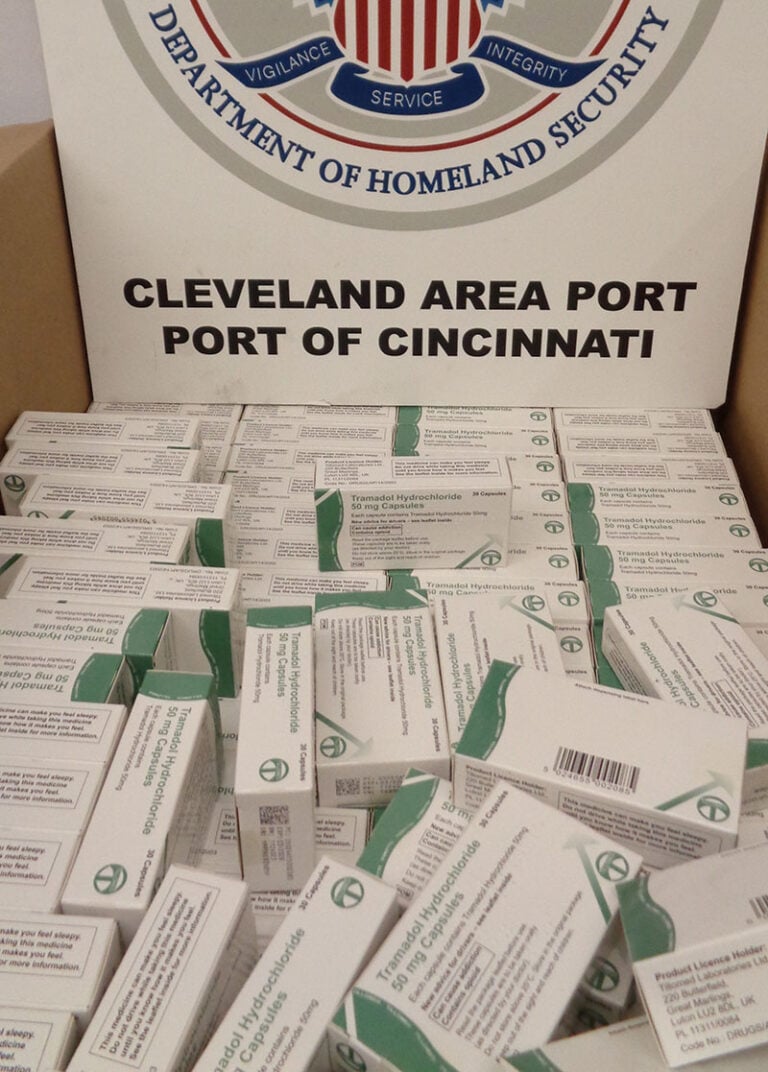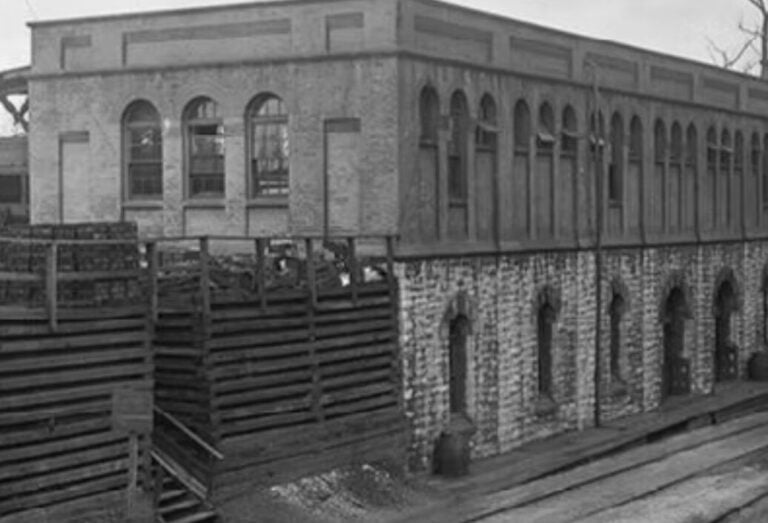Northern Kentucky University students are on the brink of learning more about the rich history just beneath the surface at the Newport Barracks site.
NKU, in partnership with the City of Newport, and professional archeologists are ready to start digging.
This is the next step in the process after ground penetrating radar was used earlier this year to survey the area to better understand how much history is buried at the Barracks.

To learn more about the dig, what students and historians hope to learn, and how the process will work, join NKU faculty, students, City of Newport leaders, and archeological experts at the Newport Barracks Site,
100 Riverboat Row in Newport from 11 a.m.-1 p.m. Monday.
During the survey work earlier this year the archeologists used state-of-the-art technology, ground-penetrating radar and historic and satellite-based imagery to help identify any surviving remnants of lost structures.
“Now the real fun begins. For the past two semesters our students have been researching and recording every aspect of history from the Barracks,” said Dr. Brian Hackett, Director of the Masters of Public History program at NKU. “Now they’ll embark on a journey of discovery hopefully forging a tangible connection with our region’s history. It’s an invaluable experience for everyone involved.”
The Newport Barracks site was a pivotal part of the United States Army operations for over a century. Thousands of soldiers called the barracks home during its usage.
It is an important historical landmark and the City of Newport is looking forward to the artifacts the team may unearth.
“The City of Newport is excited about historic treasures that the dig may produce,” said Newport City Manager Tom Fromme. “The Barracks is a significant part of our city as well as the United States.”
Explore Kentucky History has this to say about Newport Barracks:
Newport Barracks was a military prison during the War of 1812.
Built in 1804 at the juncture of the Licking and Ohio Rivers, the Newport Barracks was an arsenal and recruiting ground. When the War of 1812 erupted, the importance of the post was highlighted. The area quickly became a staging ground for U.S. troops.
In 1813, Kentucky soldiers assembled at the Barracks prior to invading Canada. Led by Kentucky governor Isaac Shelby, these troops defeated British soldiers and their Indian allies at the Battle of the Thames on October 5, 1813. As the war continued, the Barracks became a large prisoner-of-war camp. By 1814, the post contained more than four hundred British prisoners.
After the War of 1812, the Barracks was used as a recruiting station.
During the Mexican War it was a major recruiting area for volunteers. Activity again peaked during the Civil War, when the Barracks was a hospital and prison for pro-Confederate civilians.
Floods and a lack of repairs took their toll on the Barracks, which was given to the city of Newport in 1894.





















